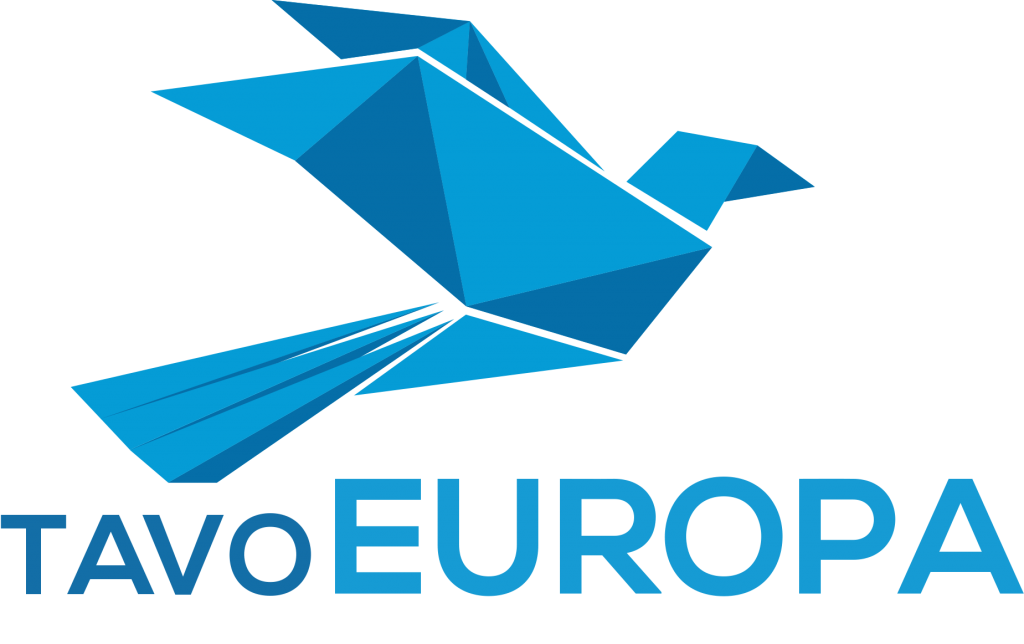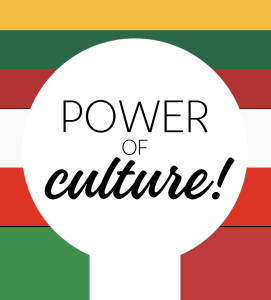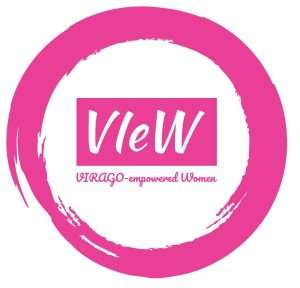Traditionally, cultural institutions, such as libraries and museums, have been responsible for the storing and preservation of cultural material. However, due to technological advances, primarily digital tools, such institutions are coming up with new approaches to how users experience art and culture. This can be achieved via digitisation of artifacts, which is the process of converting information from a physical format into a digital one (Burkett, 2017). A benefit of this is that cultural institutions are able to document and effortlessly display certain collections of heritage, which usually results in an enhanced customer experience, while permanently preserving the objects of interest themselves (Shelmon, 2018).
One example of this is through virtual reality (VR); a three-dimensional space that is computer generated and experienced using a VR headset. The Victoria and Albert Museum in London has experimented with this technology by creating a digital “Alice in Wonderland exhibition” both in the museum and at home (Coates, 2021). It allows users to interact and get engrossed into cultural heritage whilst getting an enriched experience of the museum. Similarly, augmented reality (AR) is technique that superimposes digital data such as graphics or video onto real-world images (The Franklin Institute, 2021). Generally, this is usually carried out on a camera and, with smartphone cameras now being ever more sophisticated with their improved aperture and depth of field, it allows this to be very easily accessible. Companies such as Apple and Google embrace this form of software to complement their high standard of hardware while simultaneously simplifying tasks by the user. This, for example, could be in the form of an app that allows for the accurate measurement of height, depth and width or a game that encourages the user to walk around landmarks to complete certain puzzles (Neild 2019). With the growing dependence on hand-held devices, owners of libraries and museums can revitalise their existing collections by implementing AR spots that not only provide the reader with more enriched information, but also encourages them to come back and experience cultural materials from a different angle (Saleh et. al., 2021).
Other methods such as digital maps with rich colours and inviting user interfaces give users a simplistic and hassle-free experience when navigating these spaces, as they can be seen from the user’s point of view. Apple and Google have features that allow people to view points of interest directly from their digital maps making viewing of these sites more invigorating (Jean 2021). Similarly, Gamification, which is the process of terming cultural heritage information into a form of game, is advantageous as it allows museums and art galleries to appeal to younger generations who would usually struggle to comprehend the information provided due to its level of sophistication (Du, 2021). It offers young audiences a particularly engaging experience while seamlessly and effectively providing them knowledge they probably wouldn’t have retained otherwise.
In summary, digitisation of cultural heritage is a vital tool and should be implemented in a universal context. It provides an enhanced user experience of said sites while simultaneously permitting institutions to project and preserve their materials which prolongs their usability and sustainability.
This project is funded by Erasmus+




